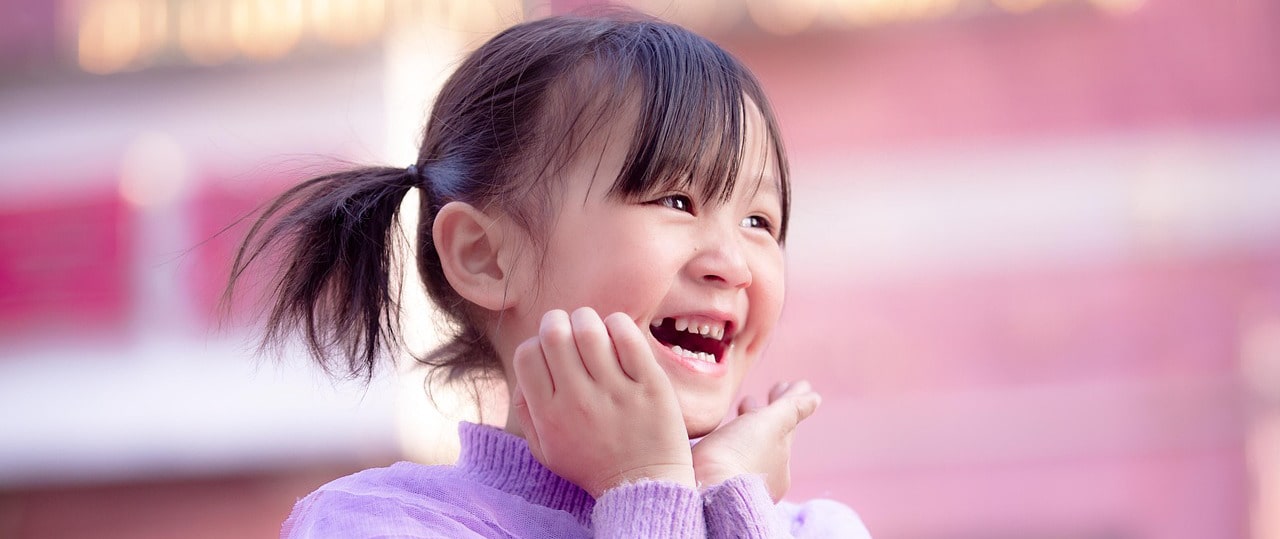Expression
Have you ever jumped up and down and screamed at the top of your lungs at a football or basketball game? Or have you danced in your kitchen after receiving some good news that’s just bursting out of you? These are the expressions of our thoughts and feelings when words are absent or insufficient.
Oftentimes, when we are processing our emotions it helps to have multiple avenues to access our innermost thoughts. Expressive or Creative Arts has become an effective tool in therapeutic interventions. Visual or performing artists and their expressions of thought, or a young child proudly displaying their artwork of their favorite loved ones or family activity, are common examples we’re familiar with. But it can be so much more. We can all identify with moments when it’s just too difficult to merely speak out our thoughts, and need help. Grabbing a pencil and drawing our emotions or drumsticks to create a rhythm to match the thoughts racing through our minds. A dance move that expresses the mood in that moment or story, a journal to express our thoughts freely through pictures, free-writing or poetry. Singing a song or offering a spoken word that expresses what we’re facing, sculpting an event or person out of clay or out of Legos. We have some pretty creative ways available to us to be able to process both positive and negative experiences.
As a therapist, I have used drawing, play doh, role play, songs, and written letters to name a few, as outlets for children and adults to identify what is on their minds. Trauma or experiences or loss have been drawn in pictures to help a person recognize their memories and their perception of the events that took place, and their perception of themselves in those moments. Did they feel small and powerless? Did they have anyone in their corner, holding onto them and protecting them? A painting of emotions can express so much – colors and strokes that express sadness, or fire and anger, or the brightest happiness.
Expressive arts allows us to engage multiple areas of our abilities to bring awareness to our experiences and feelings, and to learn and grow from those experiences. It engages our senses and opens the conversation for further processing. As a valuable element of the therapeutic process, I want to encourage you to identify how you can use your creative interests to be an expression of yourself.


